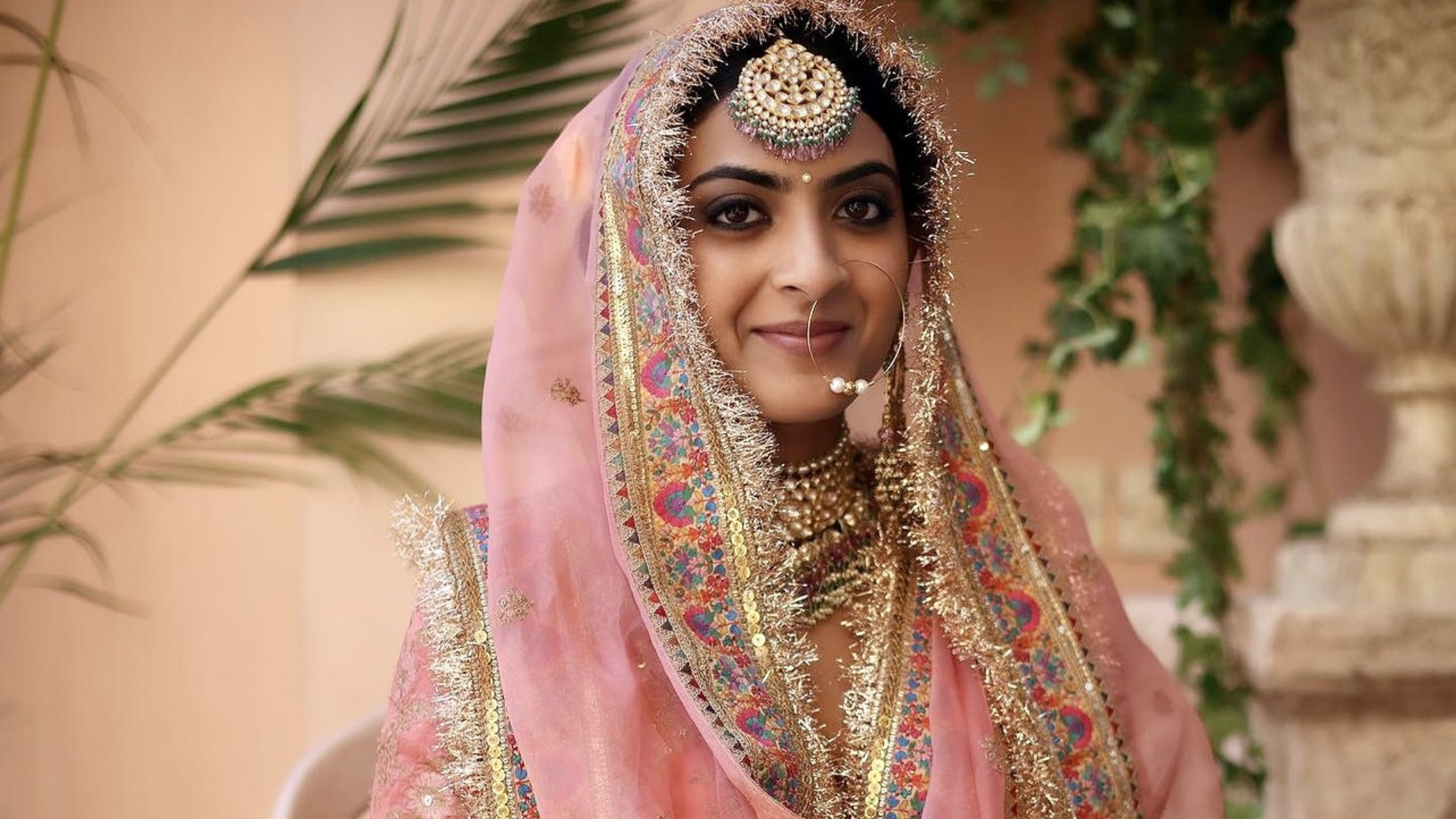A woman’s value is still largely judged by her skin tone, regardless of the synonyms used to describe it in the Indian marriage market. While the parents of prospective grooms have started to accept working women, they often still prefer certain professions and emphasize caste considerations.
Yet, the demand for a fair-skinned bride who meets traditional beauty standards remains strong.
Gori Bahu
Newspaper ads in the matrimonial section frequently seek “tall, fair, slim, beautiful, educated, and homely” brides for well-educated or successful grooms. The term “Gori Bahu” continues to be highly sought after.
The recent season of the popular OTT series Made in Heaven 2 delves into India’s obsession with fair brides. The show provides a glimpse into the extravagant world of Indian weddings, showcasing elaborate decor, fine dining, and high fashion.
OTT Series
Made in Heaven shows several ongoing marriage issues in India. What sets this series apart is its behind-the-scenes look at the complexities of Indian weddings. It features diverse storylines, such as a dark-skinned bride confronting colorism, a lesbian couple facing family rejection, a Dalit bride resisting caste discrimination from her Brahmin in-laws, and a Bollywood actress dealing with abuse from her fiance. Each episode highlights these issues through the lens of one or two weddings.
The series doesn’t just focus on traditional Hindu ceremonies but also explores Buddhist, Christian, and Muslim weddings, adding variety to its portrayal of marriage.
“Indian Matchmaking” provides a glimpse into the lifestyles of wealthy Indians who can afford the services of a top matchmaker, sometimes even flying them across the world. This luxury is not accessible to regular families, highlighting the elite status of those involved.
A recent photograph of Miss India finalists sparked a debate about India’s obsession with fair skin. In the show, matchmaker Sima Taparia often avoids explicitly mentioning fair skin as a requirement for a good match, but her descriptions frequently imply it. She often calls women “good” or “good looking” when they are fair. This unspoken preference allows families to seem politically correct and vague in their search for an attractive partner without directly stating the desire for fair skin.
Also Read: How Has The Indian Bridal Wear Journeyed Across Generations?























